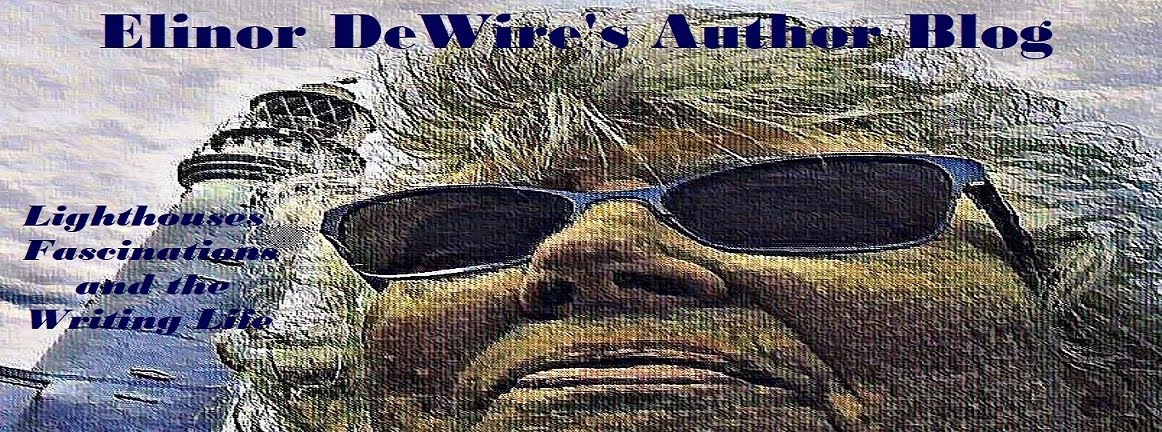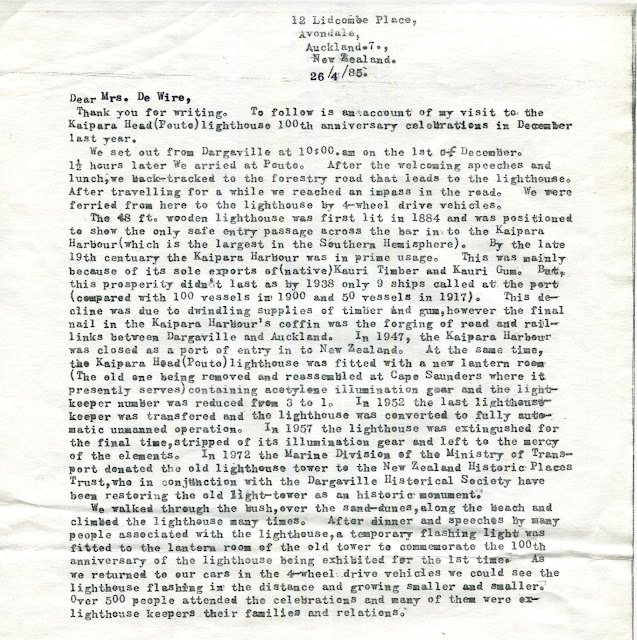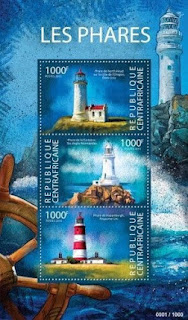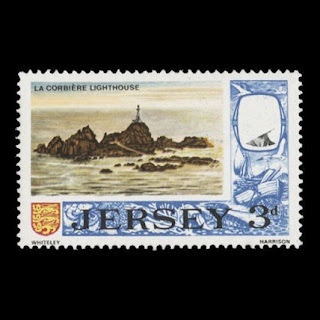Below is a letter about deactivating lighthouses that the Confederacy felt would aid the enemy---Union forces. During the war, many southern lighthouses were decommissioned to prevent them from aiding the Union. Lenses were dismantled, removed, and hidden, sometimes by burying them on beaches. Confederate troops might use the extinguished towers as lookouts. Many southern lighthouses also were damaged. This letter is a fascinating look into the Confederate mindset as regards lighthouse.
 |
| Cape Florida Lighthouse from the Coast Guard Historian |
Translation of the above letter--
Editor's Note:
When the Civil War began, Union officials viewed the
numerous lighthouses along Florida's Atlantic and Gulf coasts as particularly
vulnerable to Confederate attack. They reported that the loss of the lights
"for a single night would be disastrous." These fears proved
justified when in August 1861 a small group of southern sympathizers from
Indian River rendered inoperable the lighthouses at Jupiter Inlet and Cape
Florida. They removed the lenses from the Jupiter light and destroyed those of
the latter lighthouse. Federal officials branded the men "a gang of
pirates" and recommended "that early measures be adopted for the
security of the lights on the reef."
Reproduced
here is a report from the Confederate sympathizers who dismantled the lights to
Florida Governor Madison Starke Perry. The governor or a member of his staff
endorsed the document with the statement: "a Report of an Interesting
personal service."
Transcript
To:
His Excellency M.S.
Perry Governor of Florida
Sir-
We the
undersigned residents of Indian River, believing it a Solmen duty of every
Citizen, to try and serve his State and Country in whatever capacity he may be
most able, would in accordance to such feelings, report to your Excellency,
that we have taken the responsibility of putting out the Lights at both Jupiter
Inlet and Cape Florida, believing them to be of no use or benefit to our
Government, but on the contrary of great importance to our enemies.
We had
felt the importance of such a measure for some time, thinking some authorized
Agent of our Government would be sent to perform it, but finding no effort was
made by either the Government of the Keeper of the Light, we resolved to assume
the responsibility ourselves, and report the result to your Excellency, hoping
that it may meet your approval-- At Jupiter we destroyed no property whatever,
the Light being a revolving one and of very costly make, we took away only
enough of the machinery to make it unserviceable-- There is a quantity of
property belonging to the Light consisting of Tools, machinery, Paints, oil
&c which we have secured under lock and key-
at
Cape Florida the Light being within the immediate protection of Key West and
almost indispensable at this time to the enemys fleet, as well as knowing it to
be useless for us to try and hold it, we determined to damage it so that it
will be of no possible use to our enemies--
The
Keepers at Cape Florida were armed, and instructed not to surrender the Light,
only with their lives, the possession was gained however without any
resistance, owing to the complete manner in which our plans were executed, we
brought away the Lamps and Burners, and broke the Lens Glasses--
The
seisure and surrender was made at midnight of the 21st August, while the two
keepers were in the Tower, and the Iron door below bolted and locked on the
inside-- one of the party being aquainted with the Keeper and knowing that he
expected supplies from Key West daily, devised the plan to get them down by
telling them he had news for them from Key West, which brought them both down,
and as soon as the door was opened, we secured them as prisoners-- The party
being Small, and having only a small Boat to return in, we concluded not to
take them as prisoners, they professing to be strongly in favor of the South,
although they had repeatedly before boasted that they would defend the Light to
the last--
The
Keeper at Jupiter Light although professing to be with the South, yet by his
acts he falcified his profession's-- he was repreatedly urged by his Assistant
Mr Lang to put out the Light, but refused to do so, and was quite satisfied to
receive pay and provisions from the U.S. Government--
We
thought that he was not the proper person to be in such a responsible position,
and consequently turned him away-- We brought away from the Cape a Sail Boat,
two muskets complete two Colts Revolvers, and three Lamps and burners belonging
to the Light, all of which is at Jupiter waiting your decision-- the arms
captured will be much needed at Jupiter in case of an attack--
Mr A.
Oswald Lang the Asst, Keeper resigned his possition when he found the Keeper Mr
Papy was intent on keeping the Light burning, and is now in charge of the light
and property, and will be glad to receive instructions from your Excellency in
relation to his duty in this matter-- As it is most likely that the enemy will
undertake to retalliate, by destroying the Light and property-- we would
suggest that a Guard be Sent to protect it, or if not, instruct us to have the
property removed to some safe place--
We
have addressed this report to your Excellency, thinking you the proper person
to give the information, and hoping our action will be (over)
approved,
as our only desire was to serve our Country having performed a journey of about
140 miles. 90 of it on foot, being exposed to a burning Sun and drenching
rains, and with a very scant allowance of food--
We
are very Respectfully
Your Excellencies Most obt. Servants
James
Paine
A. Oswald Lang
Francis A. Ivey































































